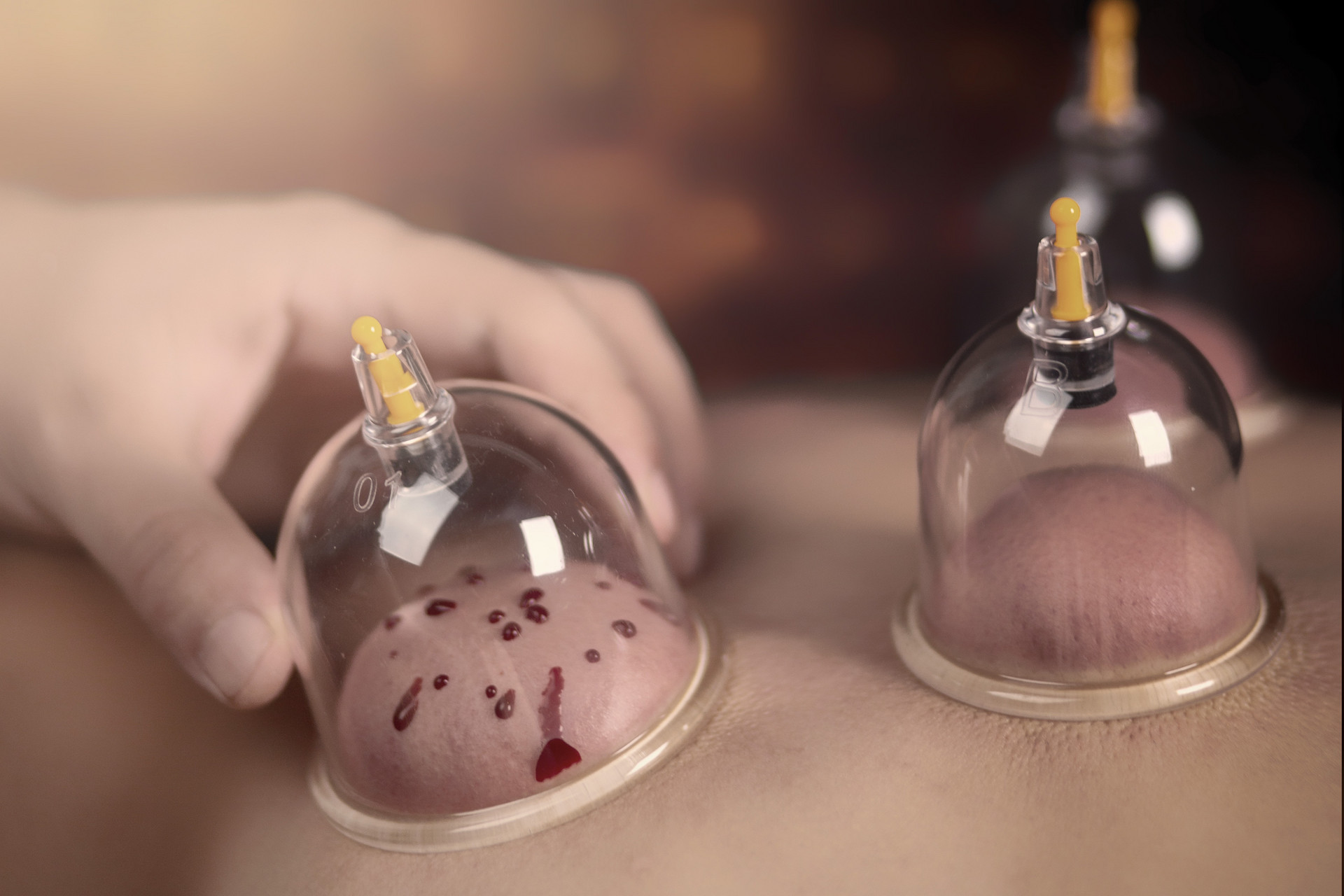Lately, many people have been interested in cupping therapy. However, some people have found that they develop blisters when they do cupping at home. Why do blisters form when using a vacuum cupping device? Is it normal to have blisters when cupping?
Excessive Damp Cold in the Body
Modern people often stay in temperature-controlled air-conditioned rooms and consume a lot of cold food. Over time, this can lead to the accumulation of damp and cold energy in the body. When using a vacuum cupping device, negative pressure is applied, which opens up the body's pores. This allows the damp and cold energy to be "pulled out," resulting in the formation of blisters.
Excessive Cupping Time
Many people believe that the longer the cupping session, the better the detoxification effect. However, this is a misconception. It is best to control the cupping time within 10 minutes to achieve the optimal cupping effect without causing harm to the body.
Improper Technique
The formation of blisters during cupping can be attributed to improper technique. Many people prefer to do cupping by themselves, but self-administered cupping may not be performed correctly. Additionally, inexperienced cupping practitioners may also cause blisters due to improper technique.
Sensitive Skin
Some individuals have delicate and sensitive skin, which makes them more prone to developing blisters during vacuum cupping. This is a normal phenomenon. Next time when going for cupping, remember to inform the therapist to reduce the cupping time to around 5 minutes.
Is it Normal to Have Blisters When Cupping?
In general, cupping therapy using a vacuum cupping device should not result in blisters.
Cupping is a normal method of health maintenance. It is relatively normal to extract some moisture during cupping. Under the negative pressure of the cupping device, the body's tissue fluid is easily pulled out. The formation of blisters can be attributed to the aforementioned factors.












